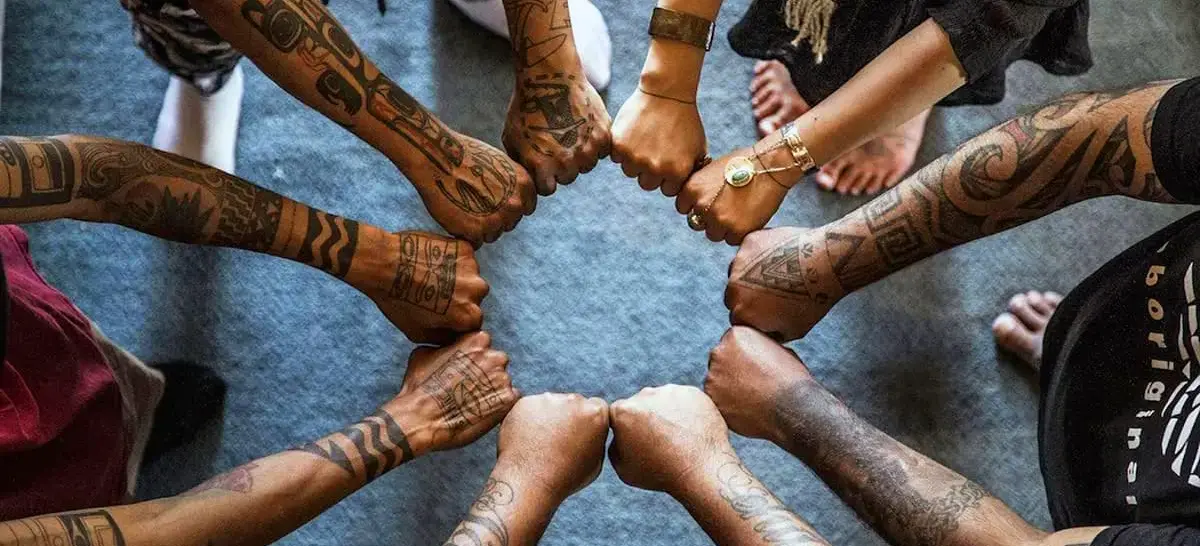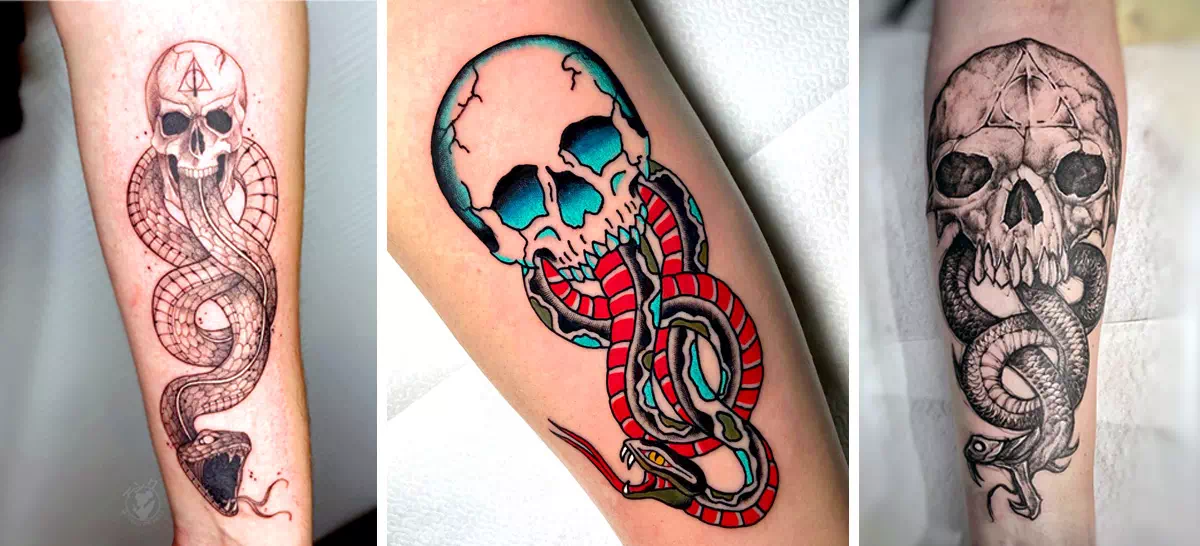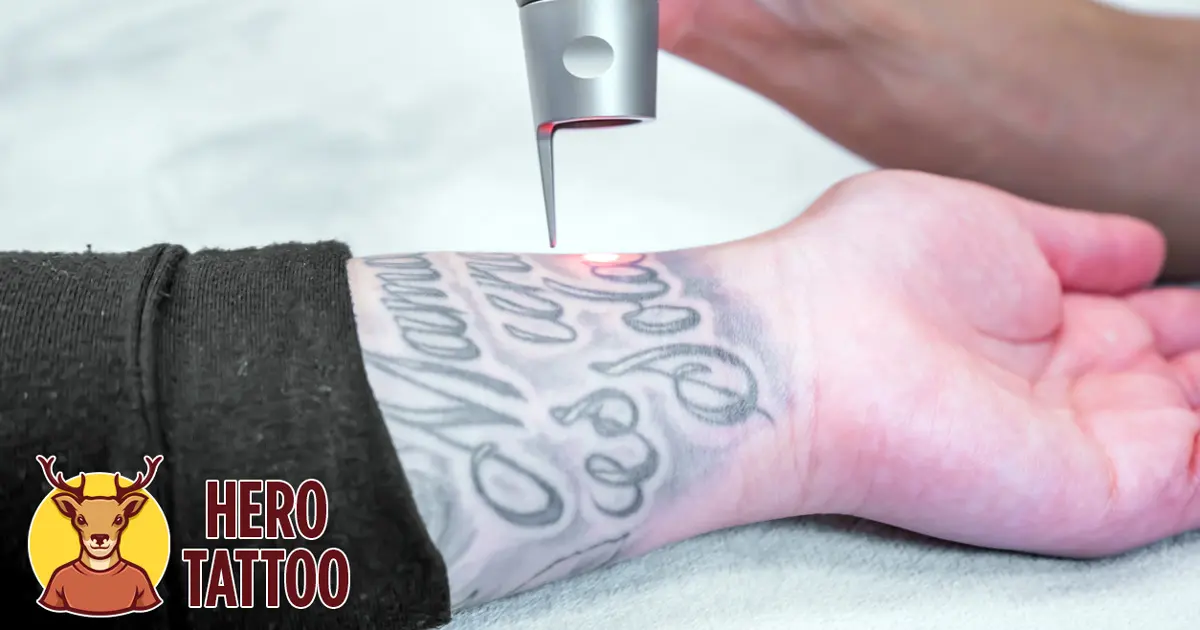Nowadays, it seems like everybody’s got a tattoo. According to various studies, thirty and forty percent of all Americans sport at least one visible tattoo. Over the last decade, there has been a rise in the number of persons with two or more tattoos. In today’s day and age, getting a tattoo is not only wholly acceptable but also an unavoidable component of personal expression.
But is everyone here aware of the significance of the designs on their bodies? Do we ever stop to contemplate the possibility that we might be appropriating some artistic designs only to meet our needs with the plan? In the course of the international conversation on the appropriation of cultures over the past few years, these questions have become more prominent.
It would appear that people are aware of the specific culture or tradition that influenced the design of their tattoos. However, many people are entirely unaware that their tattoos represent cultural appropriation.
In the following paragraphs, we will delve more into the connection between tattoos and cultural appropriation and why your tattoo could be a source of consternation for others. So, without further ado, let’s get the ball rolling here, shall we?
Appropriation of Culture and Body Art in the Form of Tattoos
What Exactly Is the Concept of Cultural Appropriation?
The act of stealing or utilizing things from a culture that is not your own, especially without indicating that you understand or appreciate this culture, is what the Cambridge Dictionary defines as “cultural appropriation.”
Since a few years ago, when more individuals started casually imitating certain cultures’ clothing, haircuts, accessories, etc., this topic has become extremely relevant and is now considered highly important.
To this day, the concept of cultural appropriation remains a contentious one. This is because some individuals believe they have the liberty to do and wear whatever they choose so long as they do not cause anyone else distress. On the other hand, some people believe that components of the culture of another group of people should not be utilized by anybody other than members of that society.
Why Are Tattoos Included in the Conversation Regarding Cultural Appropriation?
Native peoples shared the art of tattooing with Europeans between the 16th and 18th centuries when those countries were exploring and colonizing new areas of the world under the leadership of Captain James Cook. Cook was also responsible for introducing Europeans to the practice of tattooing.
Back in Europe, tattoos were considered barbaric and a sign of inferiority. This ignorance about other people’s cultures and traditions, together with the notion that other people were likewise harsh and inferior, was intimately tied to the practice of getting tattoos.
After some time passed, tattoos became quite the fad in Europe. This was especially true among European royal families, who, traveling to “strange regions,” would often obtain a tattoo as a memento of their experience.
The general populace began adopting these historically significant and culturally significant tattoos in their home countries. Traditional tattoos eventually severed their ties to the cultures they originated in and became something wealthy people do when they go on vacation.
As can be seen, cultural appropriation started around the time that tattoos became popular worldwide (at least in the view of Europeans).
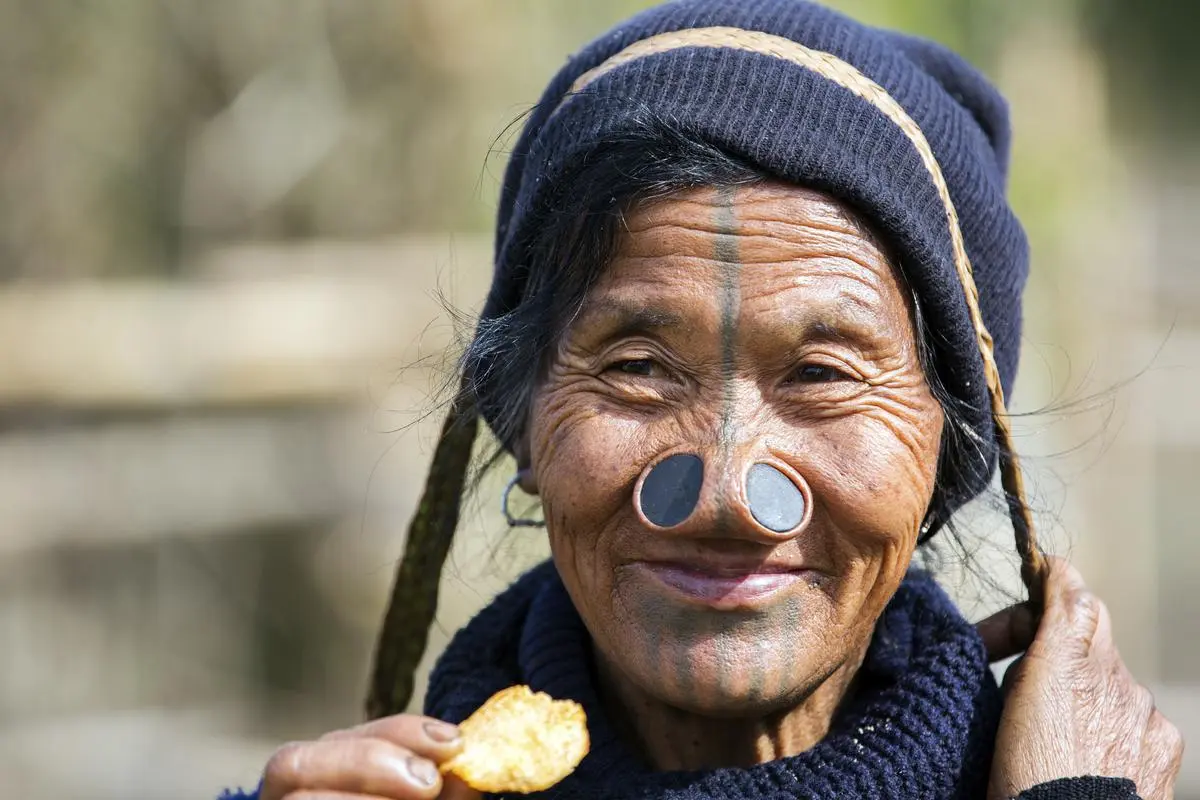
The circumstances aren’t quite the same as they were back then. Since getting a tattoo is now possible for virtually anyone, anywhere in the world, how can anyone keep track of the various designs and their origins of these designs?
But other people acquire tattoos that include symbols and components drawn from other people’s cultures, even when those people have no idea what those cultures are. For instance, remember when Japanese Kanji characters were a well-liked choice for a tattoo; at the time, nobody knew what these symbols signified, but people continued to wear them nonetheless.
Another illustration of this can be found in 2015 when a visitor from Australia traveled to India. He has a tattoo of the Hindu deity Yellamma on the outside of his right shin. Because the tattoo and its placement on the shin were viewed as highly offensive by the community, he was taken into custody. The individual believed the tattoo was the reason for threats, harassment, and a mob attack against him. On the other hand, the residents of the area had the impression that their customs and practices were disrespected.
Because of this, the problem of cultural appropriation in tattoos has become an essential topic of conversation in recent years. When all the necessary knowledge is just a click away on Google, someone can’t claim that they were unaware of the significance of their tattoo.
People tend to justify their decisions by acknowledging their ignorance and saying something as simple as “I didn’t know.” Despite this, people continue to look for reasons to justify their actions.
How Can You Keep From Getting Tattoos That Are Considered Culturally Inappropriate?
We believe it is the responsibility of both the individuals receiving tattoos and the tattoo artists to educate themselves before settling on a particular design. It is essential to make an informed decision to avoid cultural appropriation and the possibility of insulting someone else’s culture and traditions.
The complexity of many tattoo designs can be challenging to comprehend at first. The question of where the line is drawn between appropriation and design inspiration cannot be avoided.
When someone mimics the same cultural and traditional symbols of tattoos, that is when the line is crossed. For instance, tribal tattoos ought to be where the line is drawn. Tribal tattoos are getting rather popular, but the only people who should get them are those who are part of the culture and tradition of the “tribe” they represent.
Why you may ask.
This is because those tattoos have special meanings that pertain to things such as heritage, ancestry, ancestral lineage, religious belief, social rank within the tribe, and much more. Therefore, nothing can connect you to any tribal tattoo symbolism described above unless you are a member of the community to which the tattoos belong.
What Opinions Do Tattoo Artists Have Regarding This Matter?
Most tattoo artists believe that it is unethical and an act of cultural appropriation to use another person’s culture (without having adequate knowledge of the culture) to make money in some way. However, some tattoo artists do not have a problem with cultural respect as long as the person doing the tattoo is giving back to the community from which the custom originates.
Suppose you go to Japan to get a tattoo done by a Japanese tattoo artist, for instance. In that case, you are contributing not only financially to the artist but also the culture of Japan by doing so. They equate it to, for instance, traveling to a foreign nation and purchasing a work of art there; in both cases, you are making a purchase that benefits the local population.
On the other hand, there is the problem of the designs that one receives and the question of whether or not they are acceptable and whether or not they are offensive to minority communities in one’s native country. In addition, there is a razor-thin distinction to be made between appreciation and appropriation.
What Types of Tattoos Are Acceptable in Different Cultures?
If you want to get a tattoo but are concerned about having a design that appropriates another culture’s aesthetic, the following is a list of tattoos and designs that you should steer clear of getting:
- Tattoos of Ganesha, the Hindu God with an Elephant Head
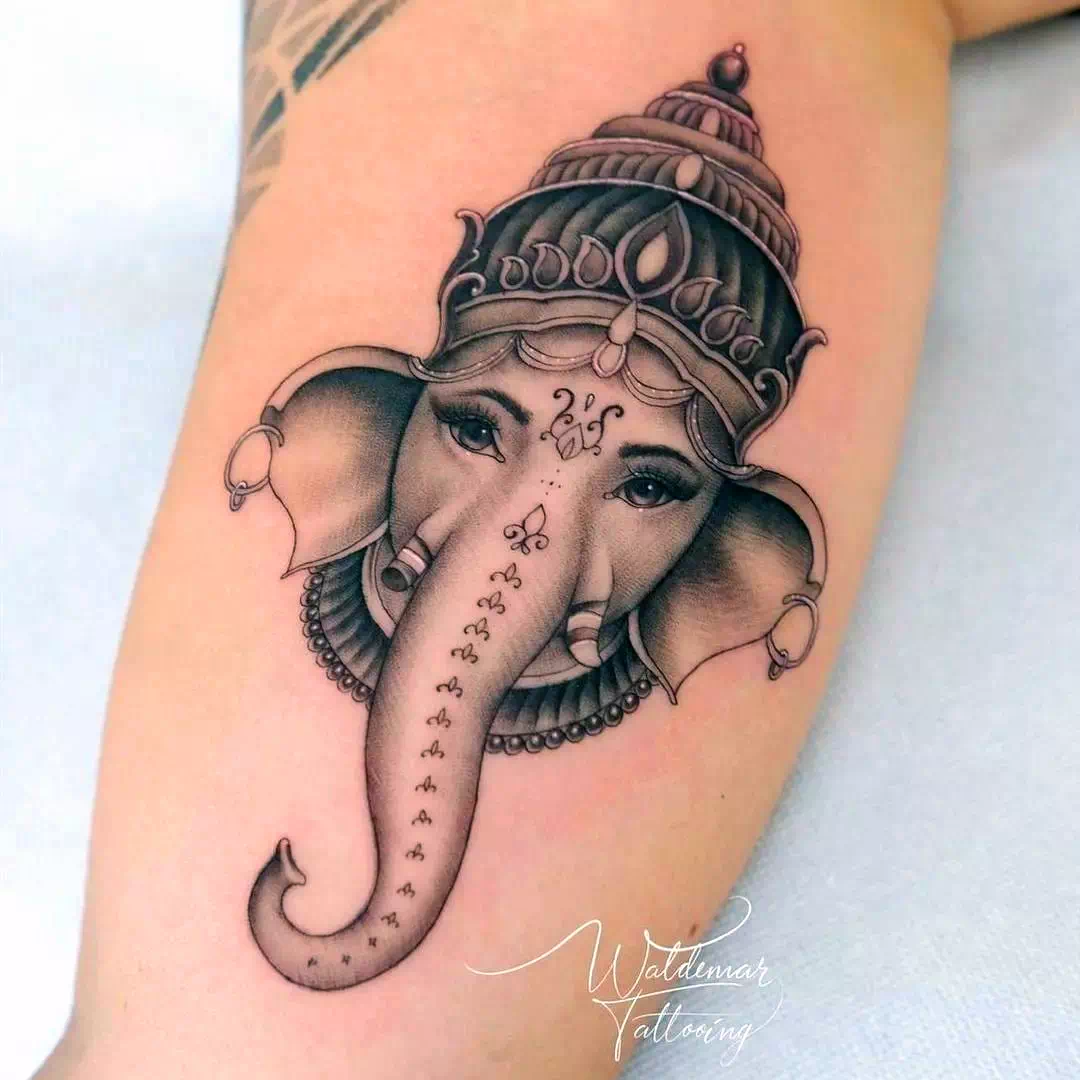
Ganesha is one of the most revered and well-known Hindu gods and deities. He is also known as Vinayaka and Ganapati. Images of Ganesha can be found in many countries across South and Southeast Asia.
Ganesha, a god with the head of an elephant, is renowned for his ability to remove impediments, his role as a patron of the arts and sciences, and his status as the Deva (or excellence) of intellect and wisdom. Naturally, someone not a part of the Hindu culture should not use the picture of Ganesha as a source of inspiration while considering getting a tattoo.
- Traditional Native American Body Art
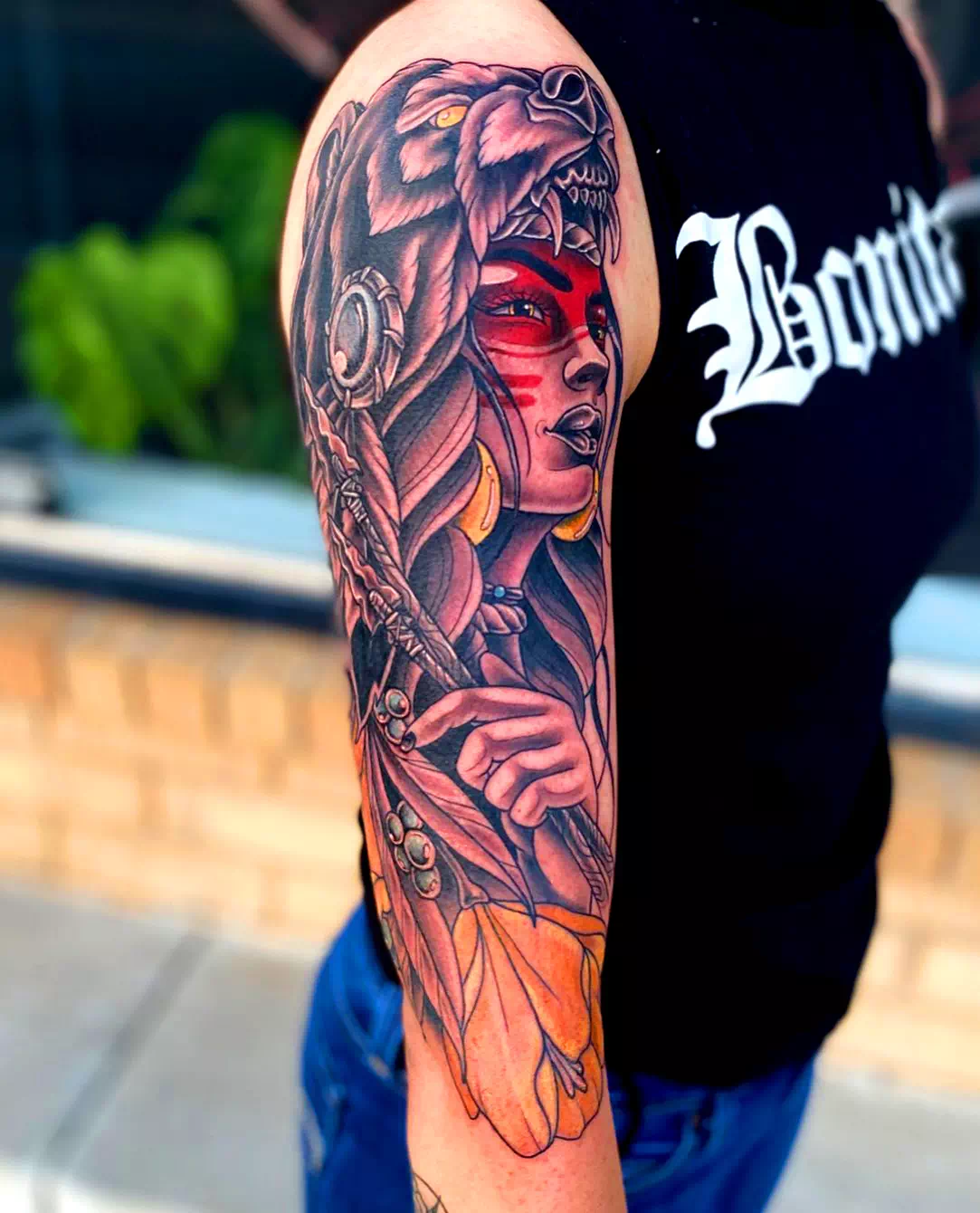
Tribal tattoos of Native Americans typically convey significant meanings and symbols. Native Americans have utilized them for years to distinguish between tribes, as a status symbol, or as a mark of legacy and ancestral ancestry. All of these functions have been performed by the totem.
For the sake of argument, let’s say that you do not come from a Native American family, ancestry, or tradition. In this scenario, getting a tattoo on your body that portrays Native Americans or any of the symbolism associated with Native Americans could be seen as an act of cultural appropriation. The imagery features a man dressed as an Indian wearing a headdress; spirit animals such as an eagle, a bear, or a wolf; arrows; dreamcatchers; and several other examples.
- Maori Tattoos
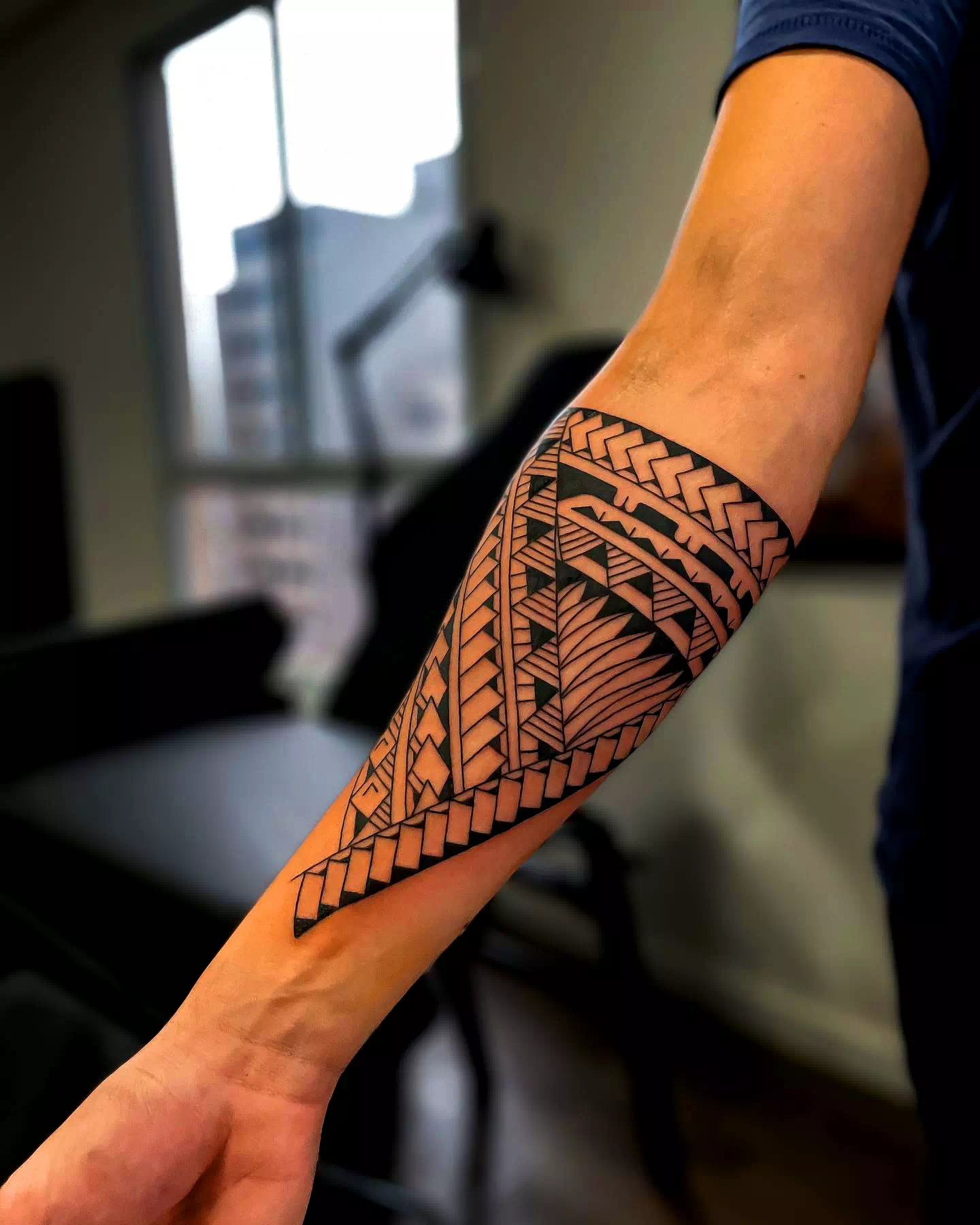
For millennia, people from other cultures have been appropriating traditional Maori tattoos, often referred to as Ta Moko. People worldwide utilize traditional Maori tattoos as a source of inspiration for creating their own ‘unique’ tattoos. This practice dates back to the time when European settlers in New Zealand made the first discovery of the Maori people.
On the other hand, these tattoos are examples of cultural appropriation because they reference the tribal affiliations and family history of the bearer. For this reason, it would be absurd for a person who is not of Maori descent to sport a tattoo of this design.
- Sugar Skull or Calavera Tattoos

The celebration of the Day of the Dead, also known as Dia de Muertos, is an essential aspect of Mexican culture. One of the symbols connected with this holiday is the sugar skull, also known as a Calavera. This day has its roots in the Aztec civilization. On it, traditional ceremonies are carried out to respect cherished members of the society who have passed away. The celebration will take place in place of lamenting the loss and holding a regular burial. This is the inspiration behind the colorful skull tattoo designs.
Therefore, obtaining this tattoo is considered culturally acceptable even if one does not have Mexican ancestry. The Calavera skull is a classic Mexican symbol that dates back several centuries and has strong roots in the country’s history. As such, it is deserving of the highest level of respect.
- Samoan Tattoos
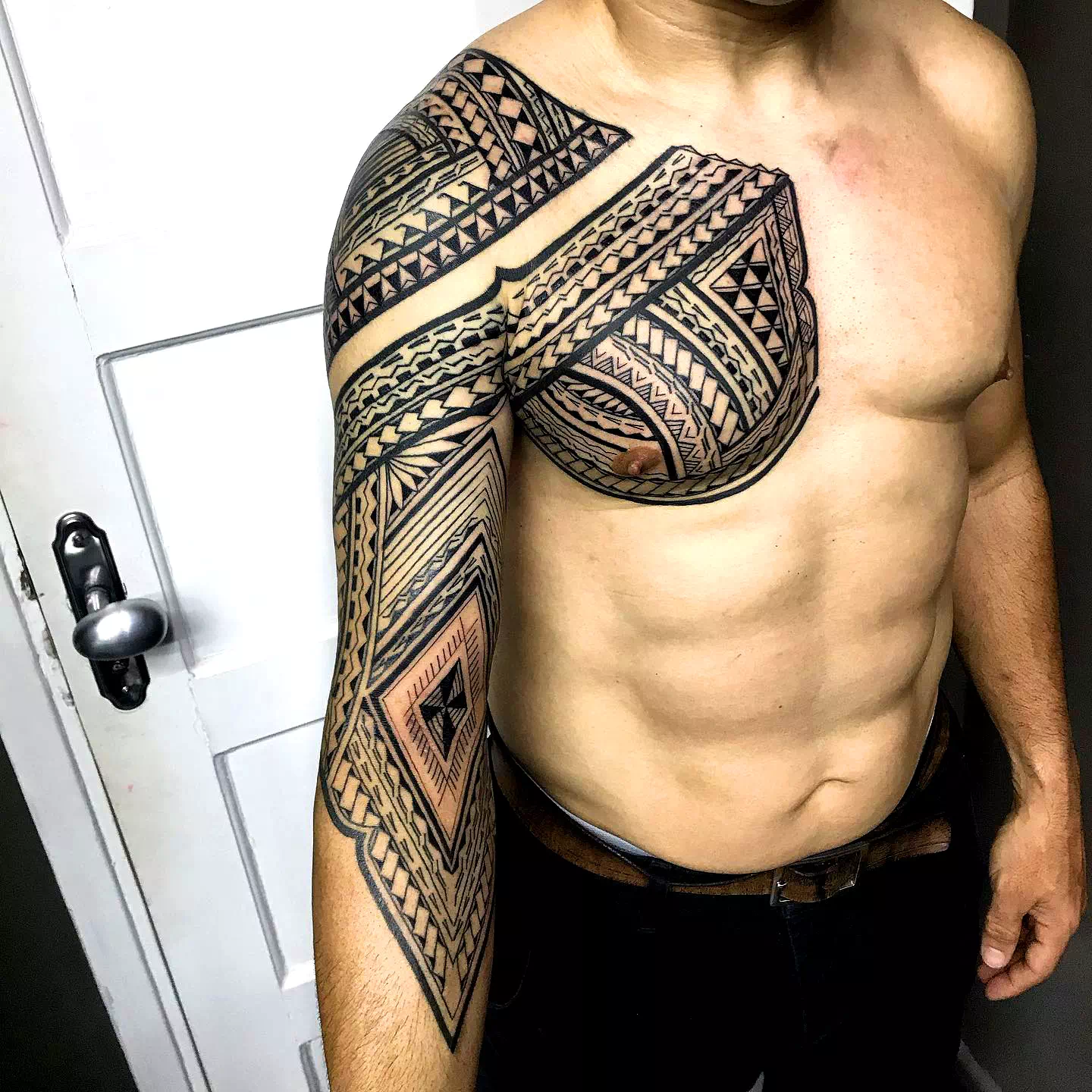
The Samoan people are indigenous to the islands of the Pacific, which also include Polynesia, Fiji, Borneo, Hawaii, and a variety of other nations, civilizations, and tribes (including the Maori and Haida). Traditional Samoan tattoos, like traditional Maori tattoos, have been stolen by different cultures for millennia.
These tattoos are considered to be part of the tribal tattoo group, which, as we have stated previously, should not be utilized by anyone who does not belong to the culture and heritage of people who are Samoan.
- Kanji Tattoos
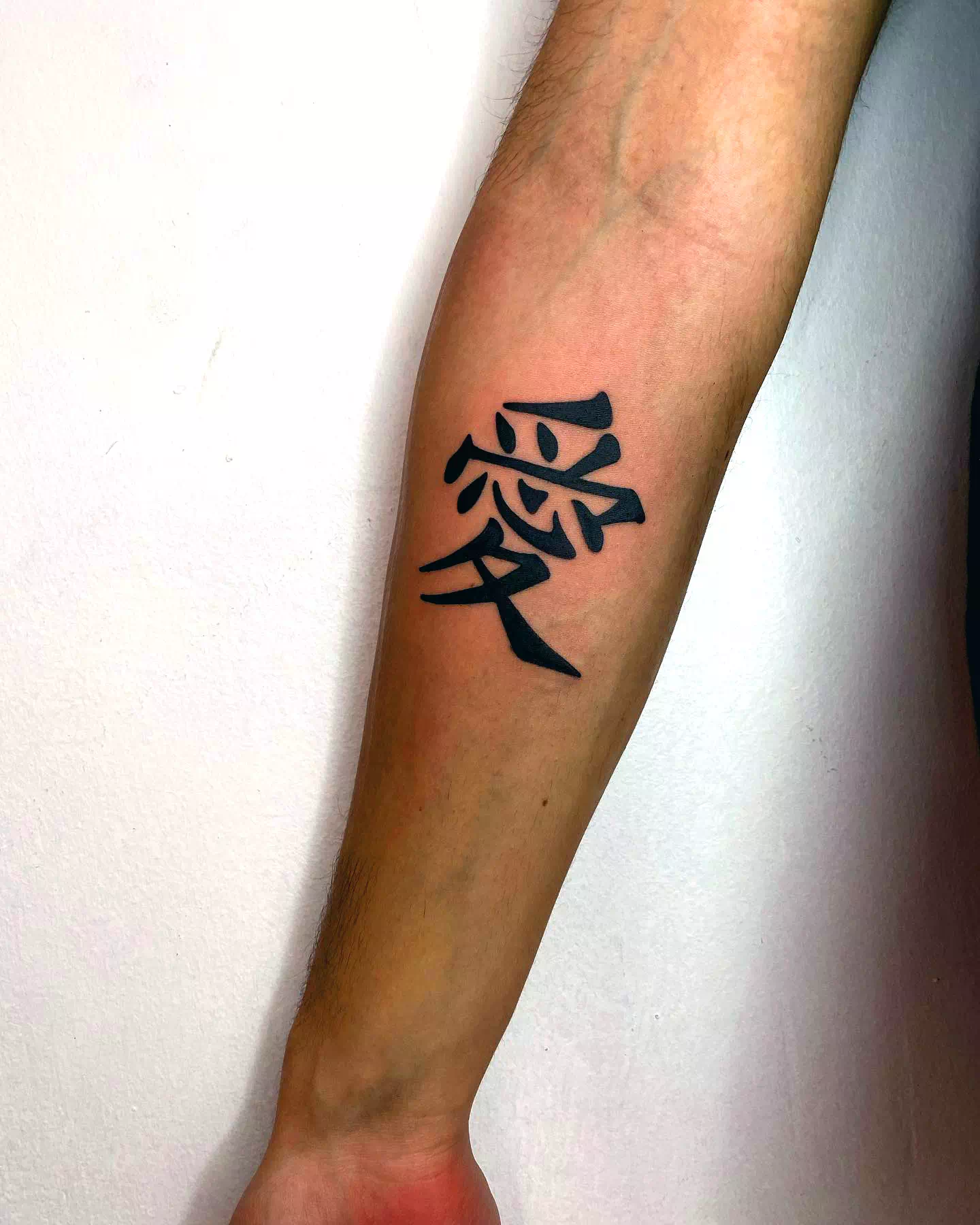
It’s possible that getting a Kanji tattoo is not culturally suitable, even if it’s done by someone fluent in the language, can read the symbols, or is familiar with both the culture and the meaning behind the character.
On the other hand, a tattoo is often regarded as a sign of cultural appropriation, ignorance, and disrespect when it is done by someone unaware of the significance of the symbol it depicts (or even gets a misspelled tattoo).
A Few Parting Thoughts
When considering getting a tattoo, it is critical always to consider the options available to you. Think about several designs, do some study on them, and determine whether or not they are suitable for any culture or whether or not they take from the customs of other people.
If you are unsure about the design, you should look it up on Google. Information is available to anybody, at any time, and in any location in today’s world. You have no valid excuses when you acquire a tattoo that appropriates another culture’s symbolism. In this situation, a reason for ignorance will not cut it; all you need to do is get knowledgeable and educated. It is speedy and uncomplicated.
It’s more fun to share!
